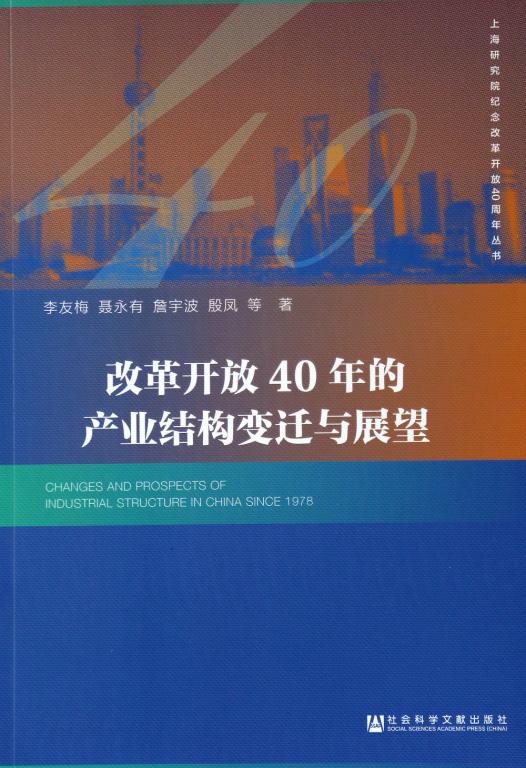
Abstract
From the strategic height of adapting to the restructuring of the global value chain, the book offers highly focused research into the evolution rules and policy principles of the division of labor across the global value chain, targets the commanding height of future industrial development, and tracks new coordinates in the global value chain. Through the control of the global value chain from low-end to high-end industries, the improvement of conditions and benefits of trade will eventually meet the purpose of transforming the trade structure, industrial structure, and ways of economic development, and vigorously expand the development space of China’s economy. That’s both necessary in theory and urgent in practice, and will greatly promote the construction of the modern economic system and the growth of China’s economy.
Contents
Introduction to the changes of the industrial structure over the 40 years since China’s reform and opening-up and outlook
The competitiveness of China’s industries and trade in the global value chain
The extent and positioning of China’s participation in the global value chain
Gains and competitive advantage of trade in the context of the global value chain
Building the new-type economic system led by innovation
Innovation-driven development: Theories and Practice
Obstacles to innovation in China’s current economic system
Building the new-type economic system led and supported by innovation
Evolution of the industrial structure over the past 40 years since China’s reform and opening-up
Industrial development since China’s reform and opening-up
Problems in China’s industrial structure
Future direction of China’s industrial development
How to give play to the role of industrial policies in China’s industrial upgrade
The mixed ownership system reform: Creating a world-class enterprise
The rise and fall of township enterprises
The rise of foreign invested enterprises
Transformation of Chinese private enterprises
Evolution of state-owned enterprise reform in China
Industrial efficiency from the perspective of coordinated regional development
Objectively analyzing the regional gap in China
Preferred path to balanced development
Efforts to narrow regional gap over the past decade and achievements
Loss of efficiency under the objective of gross balance
Policy choice to promote coordinated regional development
Development of Industry 4.0 in Germany and Its inspiration to China’s manufacturing transformation
Background for the proposal of Industry 4.0 in Germany
Contents of Industry 4.0 in Germany
Internal and external difficulties facing the implementation of Industry 4.0 in Germany
The technical foundation for Industry 4.0 and the advantages of Germany
The inspiration of German industry to the transformation of China’s real economy
Organization differentiation and enterprise competition: Taking Toyota and Geely as Examples